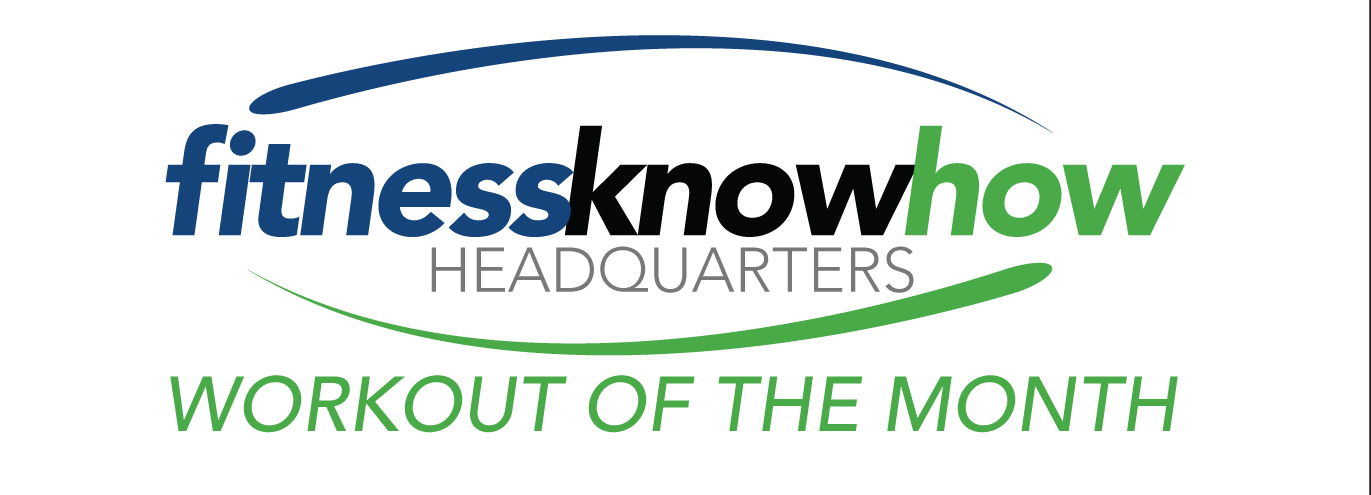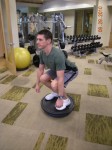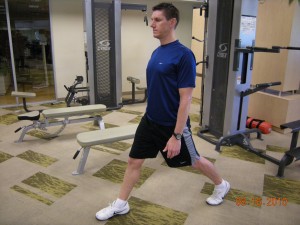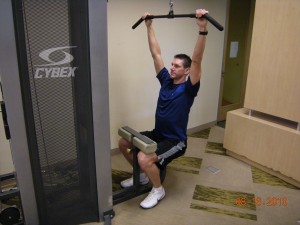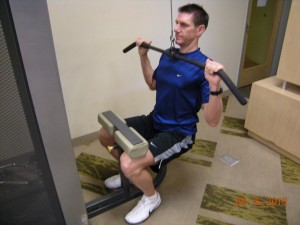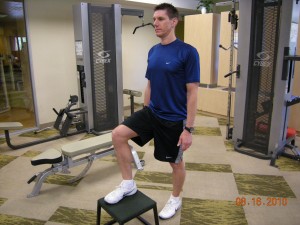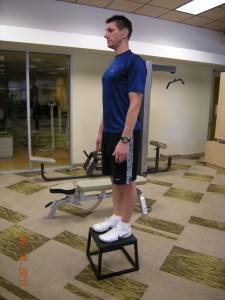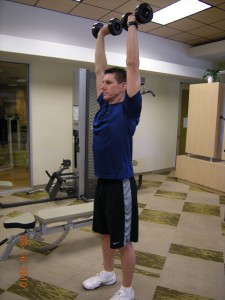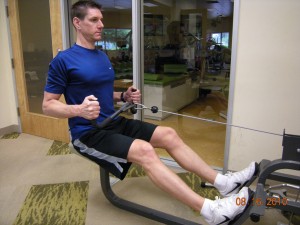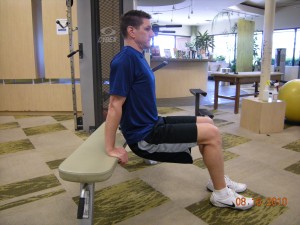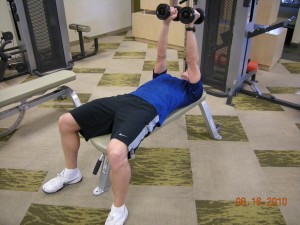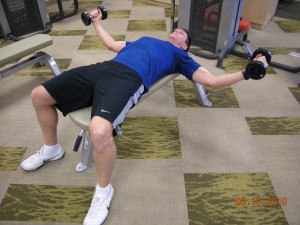Tired of the same boring workout routines, can’t seem to reach your goals, have you hit a plateau, or just never worked out before…?
If so, then Fitness Know Headquarters can help.
Fitness Know How Headquarters’ Workout of the Month Program will help you to get into amazing shape
When you follow a structured exercise program, you can expect incredible results. Our workouts are designed to shock your body with a brand new, fresh workout each and every month. When your body doesn’t know what to expect next, it’s forced to adapt. That means you’ll see change and that equals results.
You’ll feel more energy, drop unwanted body and belly fat, firm, tone and shape your body, tighten soft spots, and fit into your favorite clothes.
Each month you’ll receive a brand new workout. And, every workout is different. You’ll get exercises and workouts that focus on muscle endurance, balance, stability, core training, flexibility, muscle development, abdominal training, coordination and functional movements, and increased strength.
You’re going to look and feel AWESOME!
Each exercise for every workout comes with a photo example and a detailed description. Here’s an example of what you’ll get:
BOSU Squat
|
|
|
This is a great exercise because the squat helps to strengthen all the major muscles of the lower body, and the BOSU is excellent for providing an unstable surface.
BOSU is short for “Both Sides Up”. This piece of equipment is designed to be used with either side up (or down, depending on how you want to look at it). The BOSU is essentially 1/2 of a stability ball with a solid, flat base.
For this exercise you want to place the BOSU upside down (the ball side down/and flat base up). You want to stand on the BOSU with your feet about shoulder width apart and your toes pointing straight forward.
Start Position – The easiest way to get on the BOSU is to place one foot on the base near the edge. If you look at the BOSU as a clock, place your foot in either the 3 or 9 o’clock position (depending on which foot you choose to place first). Slowly place all of your weight on that foot until the edge of the BOSU is touching the ground. Then carefully place your other foot on the opposite side of the BOSU. Slowly transfer your weight toward the foot you placed on the BOSU second, until you are standing with even weight on each foot.
NOTE: The BOSU can be extremely unstable until you learn how stand on it properly. The good news is the learning curve is steep, so you’ll figure it out quickly. If you have difficulty standing on the BOSU, don’t attempt to perform the squat. Instead the exercise for you is to simply stand on the BOSU until you establish balance, stability and confidence. Once you do then add the Squat.
As you lower yourself to the finish position there are several things you should focus on to perform a squat correctly. One your hips (butt) should begin the decent toward the ground by moving backwards. Imagine that there is a chair behind you. If you lower your hips straight down you will never find the chair with your butt. Second you should counter balance your hips moving backwards by leaning forward at the waist (if you don’t you’ll fall backwards). Third your knees should stay over your feet. It’s OK if they move forward a little but they should not move in front of your toes. And your chest should remain upright facing forward (not toward the ground).
You should inhale as you lower your body.
Finish Position – The goal at the finish position is to lower your body until your thighs are parallel with the ground.
As you stand up and return to the start position, you should exhale. Your knees, hips, and back should all return to the start position simultaneously.
Perform 2 sets of this exercise with a tempo of 1/1/1
In addition, you’ll also get a FREE workout workbook to track your progress during the month.
You don’t have to bust your budget to get fit!
You’ll get all of this for only $3.99 per month!!
Get Started Today!
More Variety, Less Boredom and Burnout. It’s the Right Exercise Program for You!
Affordable Personal Training:
We provide all the benefits of a personal trainer without the expensive price! While most personal trainers charge at least $50 for just one hour, our comprehensive, highly effective exercise programs are affordable enough for even novices to try out.
An exercise program is more successful if it includes variety and continually challenges the body to work hard. Fitness Know Headquarters’ Workout of the Month program utilizes this concept. Our online workouts include loads of variety and frequent changes to keep your mind from burning out and your body from adapting and hitting a plateau, which can cause you to stop losing weight and/or gaining muscle.
Get ready for not only a new body but a new life! Whether it’s losing weight, toning up, building muscle, increasing stamina, improving balance or flexibility, Fitness Know Headquarters’ Workout of the Month will help you reach your fitness goals through expert instruction. And, we’ll help you learn how to stay that way for life.
Let us be your personal, one-on-one fitness consultant. As we guide you on the fitness path, we’ll help you avoid common exercise mistakes that just waste your time, and we’ll teach you techniques that will get you the fitness results you’ve always wanted.
